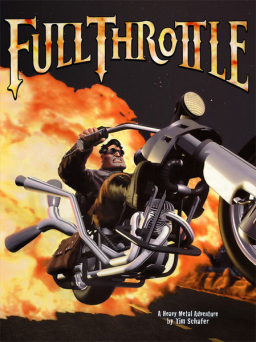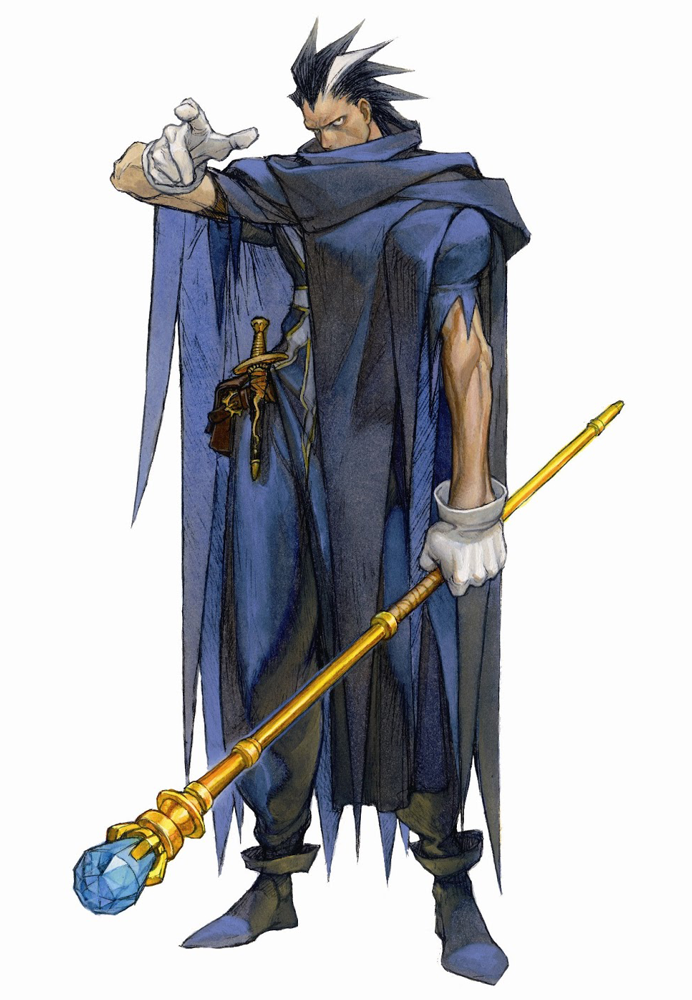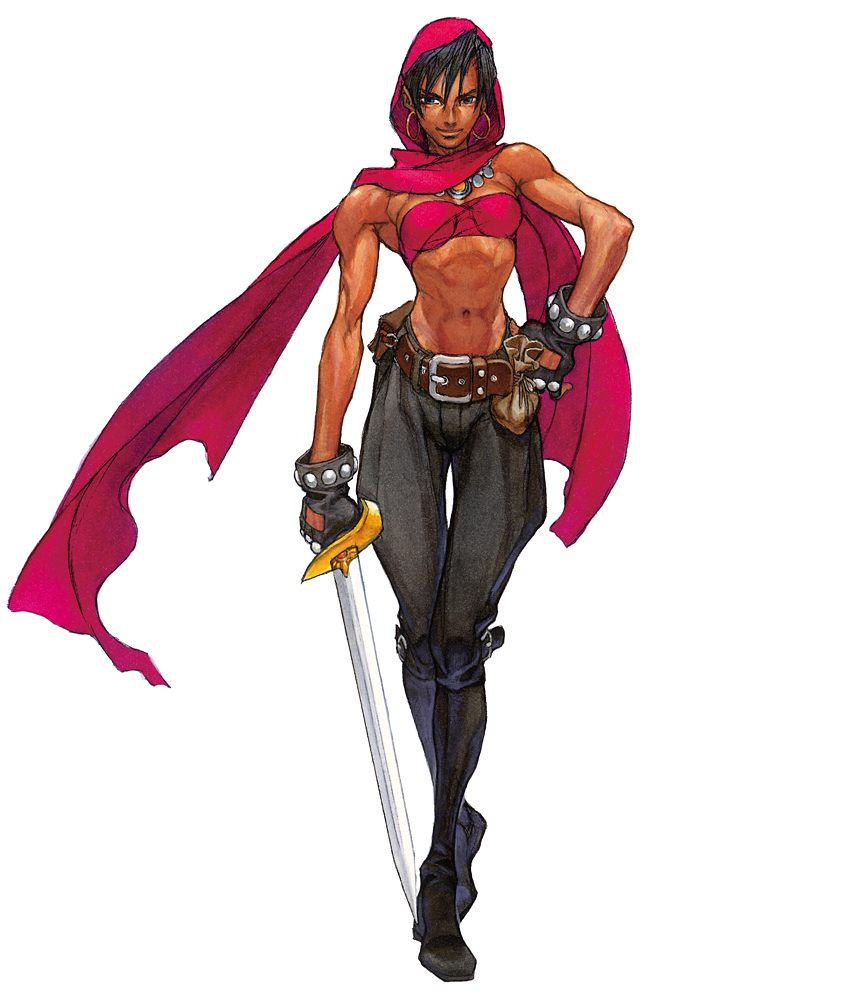Review by Mads D. Kristensen
@madsdk
| Developer | Taito |
| Publisher | Taito |
| Platform | PC-Engine/Turbografx 16 |
| Release date | 1991 |
| Genre | Platformer |
| Players | 2 |
The arcade platformer Bubble Bobble, developed by Taito and released in 1986, was a smash hit in the arcade, and Taito naturally saw this as an opportunity to make money and turned Bobble Bobble into a series of games. The second installment in the series was the equally excellent Rainbow Islands, released only a year after Bubble Bobble in 1987. Rainbow Islands abandoned the arena platformer style of its predecessor, opting instead for a vertical platforming experience that has you battling your way from the bottom to the top in each level. These first two games were first and foremost arcade games, but both were so successful that they were ported to a plethora of home computers and consoles. Parasol Stars is the third game in the series, but unlike its predecessors it was never released in the arcade but was developed directly for the home marked, the PC-Engine / Turbografx 16 being the platform that Taito chose to release it for, with a few ports (Amiga, Atari ST, Game Boy, and NES) done by Ocean.
I feel that Parasol Stars is the forgotten Bubble Bobble game, which is really a shame as it is a brilliant little game. Perhaps it was overshadowed by the quite similar and very successful Snow Bros, developed by Toaplan and released by Capcom in 1990 - but that's just me speculating here! Snow Bros started out in the arcade and was ported to a lot of home platforms afterwards.
-010.png)
-007.png) Parasol Stars returns to Bobble Bobble's arena platformer roots - each level is a single screen that you have to clear of enemies to progress to the next one. Your weapon of choice is no longer bubbles, this time you are armed with an umbrella - er, or a parasol I guess :-) Using the parasol you can pick up an enemy and then hurl him at the other enemies in order to defeat them. The umbrella can also pick up water droplets that you can throw at enemies, and if you pick up enough of these droplets you can unleash a water attack similar to the one found in the water bubbles in Bubble Bobble. Some foes are too large to be picked up, so these you'll have to shoot multiple times with either water or smaller enemies.
Parasol Stars returns to Bobble Bobble's arena platformer roots - each level is a single screen that you have to clear of enemies to progress to the next one. Your weapon of choice is no longer bubbles, this time you are armed with an umbrella - er, or a parasol I guess :-) Using the parasol you can pick up an enemy and then hurl him at the other enemies in order to defeat them. The umbrella can also pick up water droplets that you can throw at enemies, and if you pick up enough of these droplets you can unleash a water attack similar to the one found in the water bubbles in Bubble Bobble. Some foes are too large to be picked up, so these you'll have to shoot multiple times with either water or smaller enemies.A bit of history: In Bubble Bobble the evil Baron Von Blubba has kidnapped Bubby and Bobby's girlfriends and turned the two brothers into Bubble Dragons. Bub and Bob must then fight their way through 100 levels to finally face the boss in level 100. The boss they are facing is not Baron Von Blubba though, it's just one of his minions the "Super Drunk" that hurls bottles at you. The dragons defeat the Super Drunk, release their girlfriends from the bubbles they have been imprisoned in, and are turned back into boys. In Rainbow Islands Bubby and Bobby set out to defeat the "Boss of Shadow" responsible for the events in Bubble Bobble, and to save the Rainbow Islands in the process - the "Boss of Shadow" being a new name for Baron Von Blubba. After defeating the Baron and rescuing the inhabitants of the Rainbow Islands, Bubby and Bobby are enjoying a well earned vacation. But they don't get to rest for long, as they are called upon once again, this time to save the entire universe, as the space warrior Chaostikahn unleashes his monsters throughout the universe. With their magical parasols in hand, Bubby and Bobby set out to do some planet hopping to defeat the monsters and free the universe of this new menace.
Each planet consists of seven levels, and on the last level of each planet you will encounter a boss - the planetary guardian. These bosses cannot be defeated by normal means, so like in level 100 of Bubble Bobble you'll have to pick up a special power and use it to destroy the enemy. While the first boss fight is rather easy, the difficulty of these bosses ramps up very quickly, and you will be challenged when facing off against them. As with most video game bosses it's all about pattern recognition and quick reflexes, so hang in there and you'll soon get the hang of it!
Parasol Stars is a really great arena platformer, in the traditional cute style that Taito does so masterfully. So if you like your arena platformers, I encourage you to pick up a copy of this little gem - it gets a wholehearted recommendation from me. If you have access to the Japanese Virtual Console for Wii you can get the game there, but other than that I sadly don't know where you can get your hands on a copy of Parasol Stars.

-001.png)

-013.png)
-012.png)
















_(tape).jpg)






























